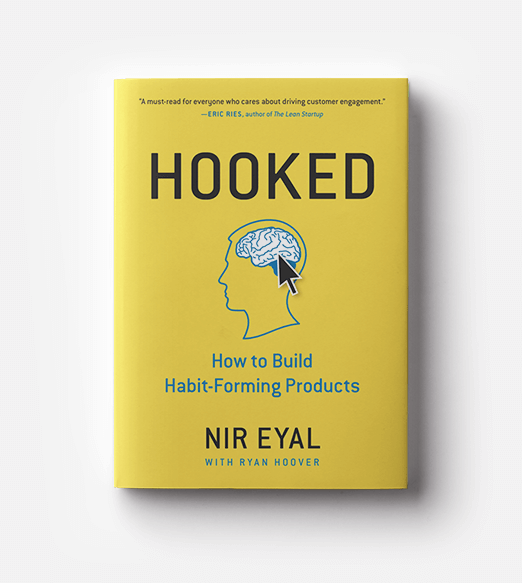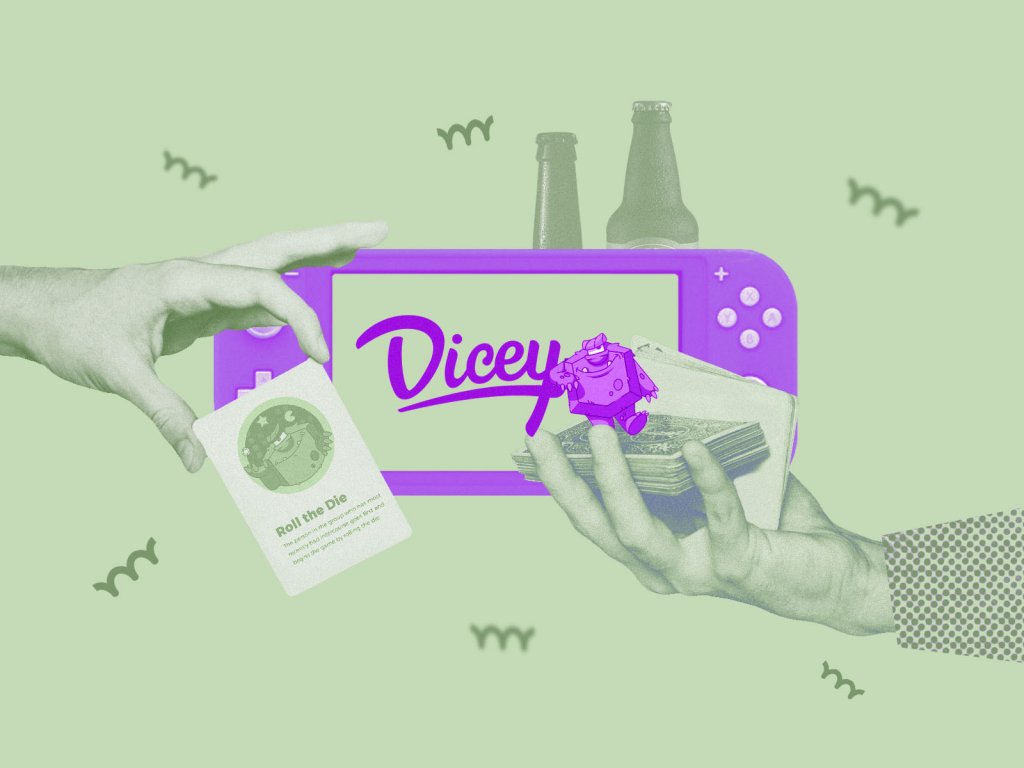Time for a new dose of inspiration from experts which means that a fresh collection of quotes for designers is ready. Today it’s about creating products based on users’ habits and no doubt, the expert in this domain is Nir Eyal, the author of the book Hooked: How to Build Habit-Forming Products. We’ve already featured one of his talks in a collection of useful videos for designers and today would like to share deeper insights based on his book and speeches.
The book is based on the author’s years of research, consulting, and practical experience. He wrote the book which is not an abstract theory, but a how-to guide, with a lot of practical tips and examples. Its target audience is presented with designers, product owners and managers, marketers, start-up founders, and anyone who seeks to understand how products influence our behavior. The readers are provided with:
• Practical insights to create user habits that stick.
• Actionable steps for building products people love.
• Real-world examples from the iPhone to Twitter, Pinterest to the Bible App, and many other habit-forming products.
So, let’s enjoy and get inspired!
Nir Eyal’s TED-talk on Habit-Forming Technology
Nir Eyal’s Talk on Building Habit-Forming Products
Quotes from the Hooked Book

***
A habit is when not doing an action causes a bit of pain.
***
Instead of relying on expensive marketing, habit-forming companies link their services to the users’ daily routines and emotions.
***
Companies that successfully change behaviors present users with an implicit choice between their old way of doing things and a new, more convenient way to fulfill existing needs.
***
When users start to automatically cue their next behavior, the new habit becomes part of their everyday routine. Over time, Barbra associates Facebook with her need for social connection.
***
Users who continually find value in a product are more likely to tell their friends about it.
***
To change behavior, products must ensure the user feels in control. People must want to use the service, not feel they have to.
***
Companies fail to change user behaviors because they do not make their services enjoyable for its own sake, often asking users to learn new, unfamiliar actions instead of making old routines easier.
***
Habit-forming products start by alerting users with external triggers like an e-mail, a Web site link, or the app icon on a phone.
***
The company found that the more information users invested in the site, the more committed they became to it.
***
Every time users of Apple’s iTunes add a song to their collection, they are strengthening ties to the service. The songs on a playlist are an example of how content increases the value of a service. Neither iTunes nor their users created the songs, yet the more content users add, the more valuable the music library becomes.
***
Unlike its competitors who sell preassembled merchandise, IKEA puts its customers to work. It turns out there’s a hidden benefit to making users invest physical effort in assembling the product—by asking customers to assemble their own furniture, Ariely believes they adopt an irrational love of the furniture they built, just like the test subjects did in the origami experiments.
***
Many innovations fail because consumers irrationally overvalue the old while companies irrationally overvalue the new.
***
The study demonstrated that people suffering from symptoms of depression used the Internet more. Why is that? One hypothesis is that those with depression experience negative emotions more frequently than the general population and seek relief by turning to technology to lift their mood.
***
Too many choices or irrelevant options can cause hesitation, confusion, or worse—abandonment.
***
Reducing the thinking required to take the next action increases the likelihood of the desired behavior occurring unconsciously.
***
To initiate action, doing must be easier than thinking. Remember, a habit is a behavior done with little or no conscious thought. The more effort—either physical or mental—required to perform the desired action, the less likely it is to occur.
***
Once a technology has created an association in users’ minds that the product is the solution of choice, they return on their own, no longer needing prompts from external triggers.
***
Gourville claims that for new entrants to stand a chance, they can’t just be better, they must be nine times better. Why such a high bar? Because old habits die hard and new products or services need to offer dramatic improvements to shake users out of old routines. Gourville writes that products that require a high degree of behavior change are doomed to fail even if the benefits of using the new product are clear and substantial.
***
So why haven’t more Google users switched to Bing? Habits keep users loyal. If a user is familiar with the Google interface, switching to Bing requires cognitive effort. Although many aspects of Bing are similar to Google, even a slight change in pixel placement forces the would-be user to learn a new way of interacting with the site. Adapting to the differences in the Bing interface is what actually slows down regular Google users and makes Bing feel inferior, not the technology itself.
***
Fostering consumer habits is an effective way to increase the value of a company by driving higher customer lifetime value (CLTV). CLTV is the amount of money made from a customer before she switches to a competitor, stops using the product, or dies. User habits increase how long and how frequently customers use a product, resulting in higher CLTV.
***
…on sites such as Pinterest, whenever the user nears the bottom of a page, more results automatically load. Users never have to pause as they continue scrolling through pins or posts without end.
***
…the art and science of usability design to reveal how products drive specific user actions. Companies leverage two basic pulleys of human behavior to increase the likelihood of an action occurring: the ease of performing an action and the psychological motivation to do it.
***
Building habit-forming products is an iterative process and requires user behavior analysis and continuous experimentation.
***
…influencing behavior by reducing the effort required to perform an action is more effective than increasing someone’s desire to do it. Make your product so simple that users already know how to use it, and you’ve got a winner.
***
Habit-forming products often start as nice-to-haves (vitamins) but once the habit is formed, they become must-haves (painkillers).
Interview with Nir Eyal on Addictive Behaviors
Useful Stuff for Further Inspiration
If you strive for more practical tips, design strategies, and expert insights, here’s what may help you.
15 Useful YouTube Channels for Designers
Design for Emotion: Expert Tips by Aarron Walter
Design Inspiration: 45 Powerful Quotes About Art
Don’t Make Me Think: 20 Thoughts on Usability by Steve Krug
20 Wise Thoughts by Typography Master Erik Spiekermann
Design Is a Job. 30 Honest Quotes by Mike Monteiro
Title image – Travel Planner designed by Tubik






